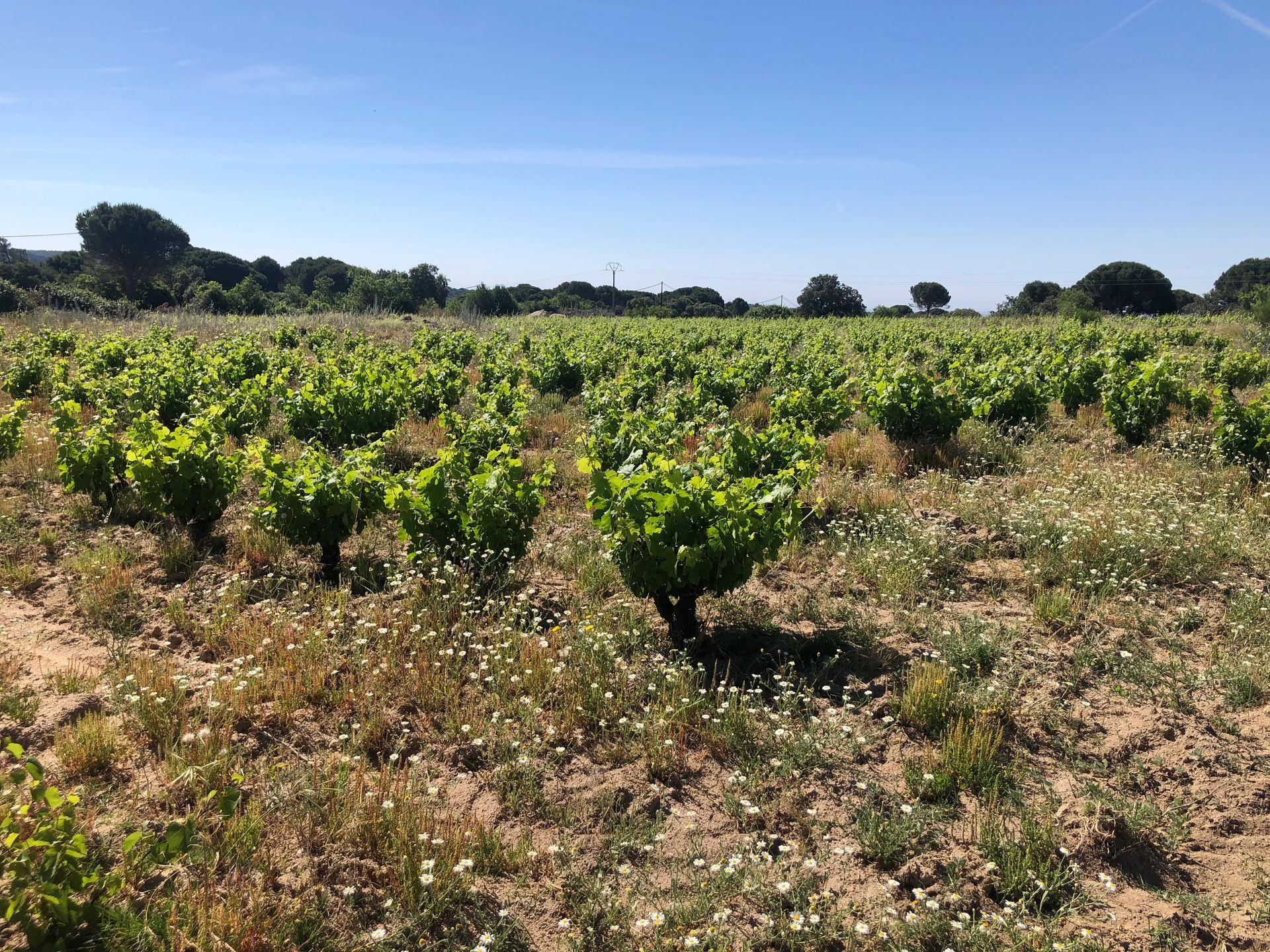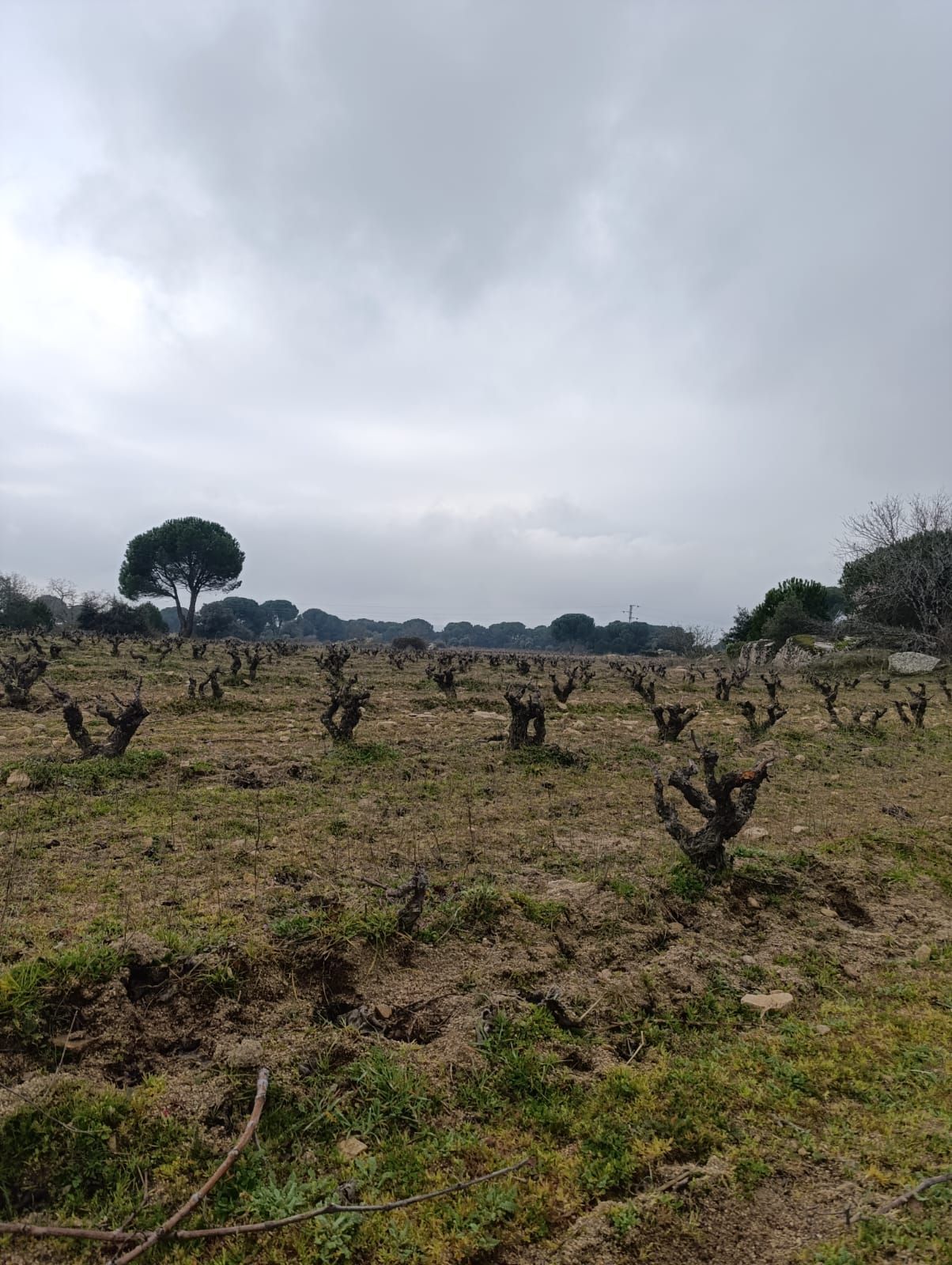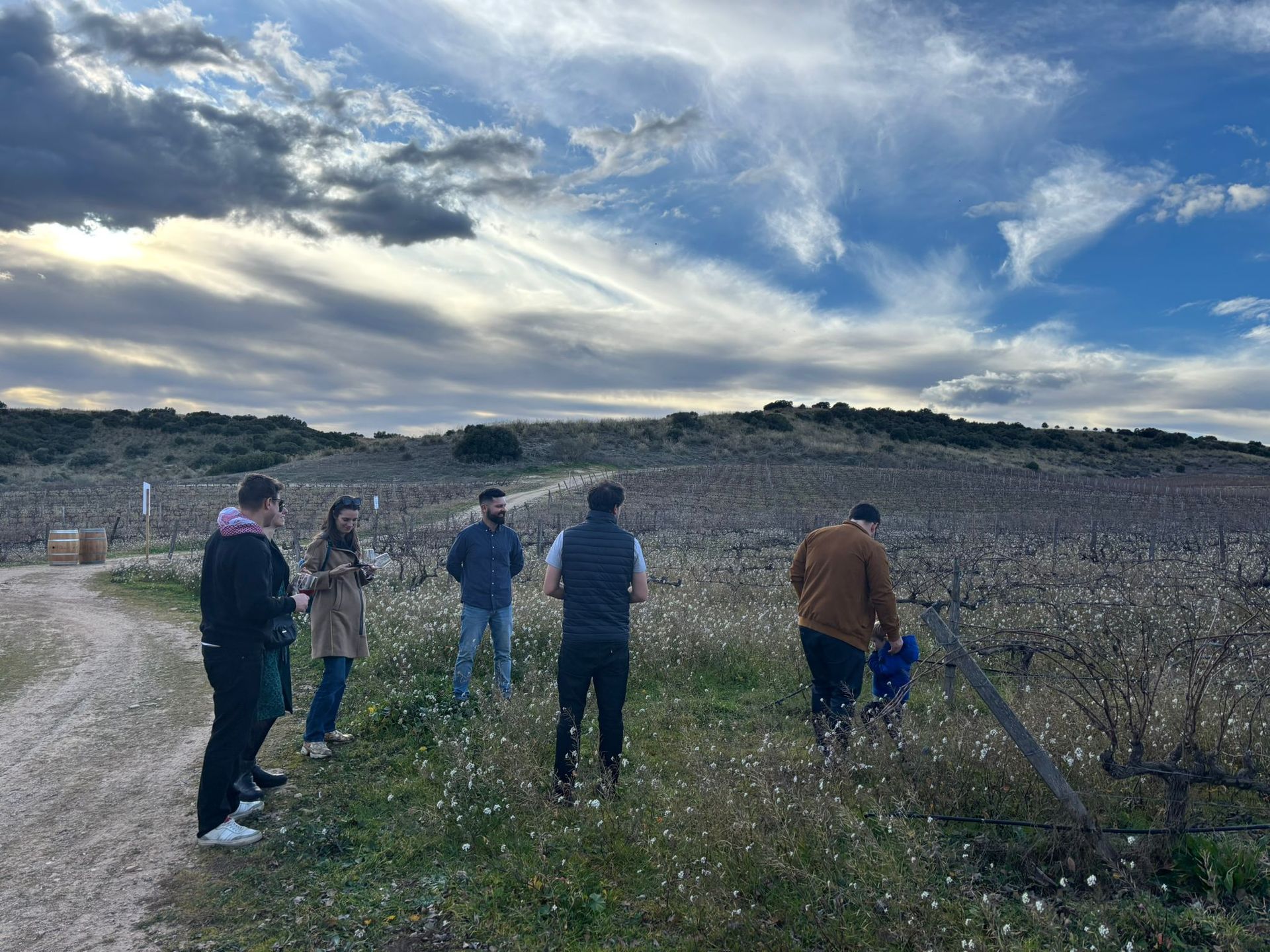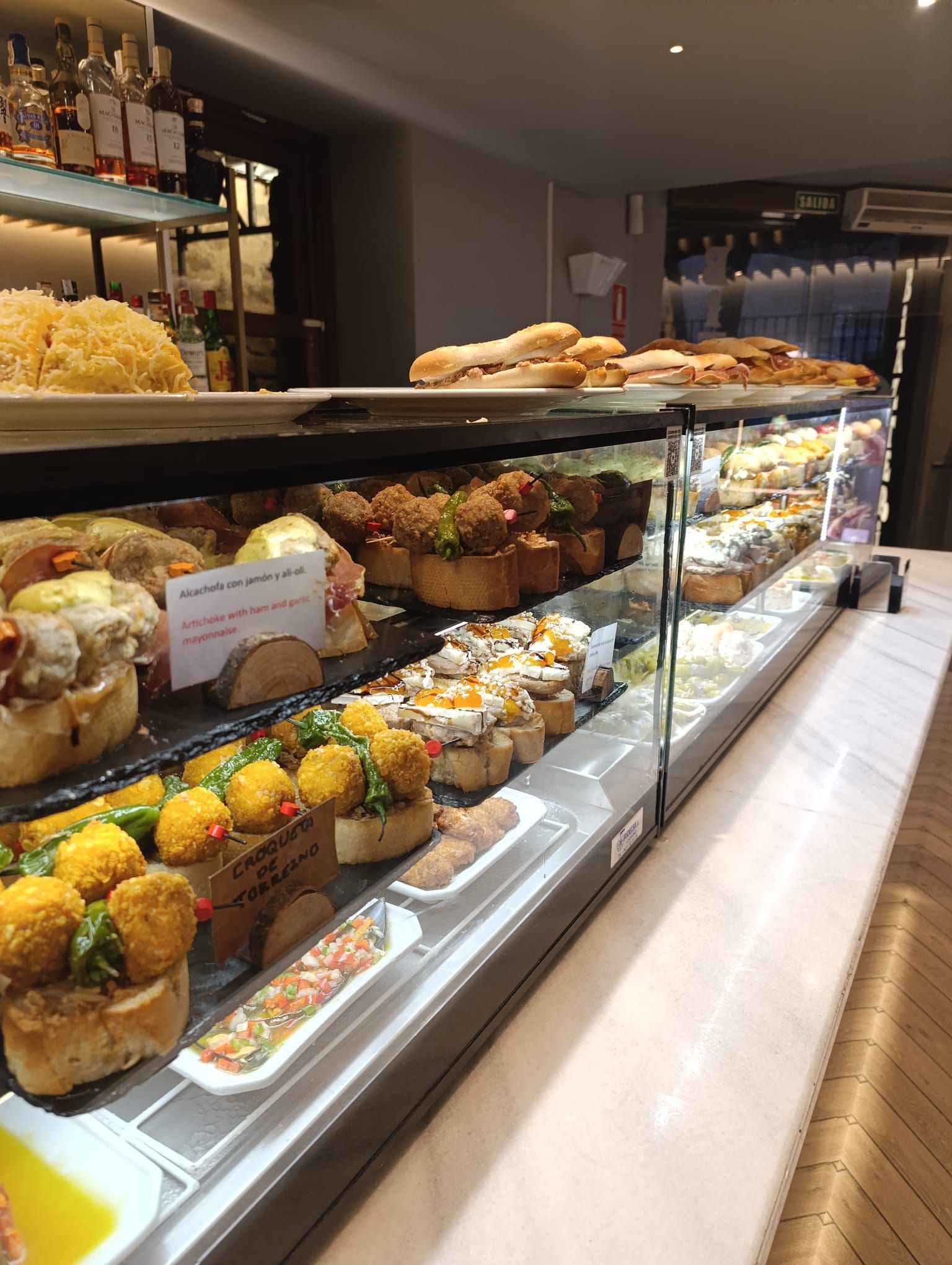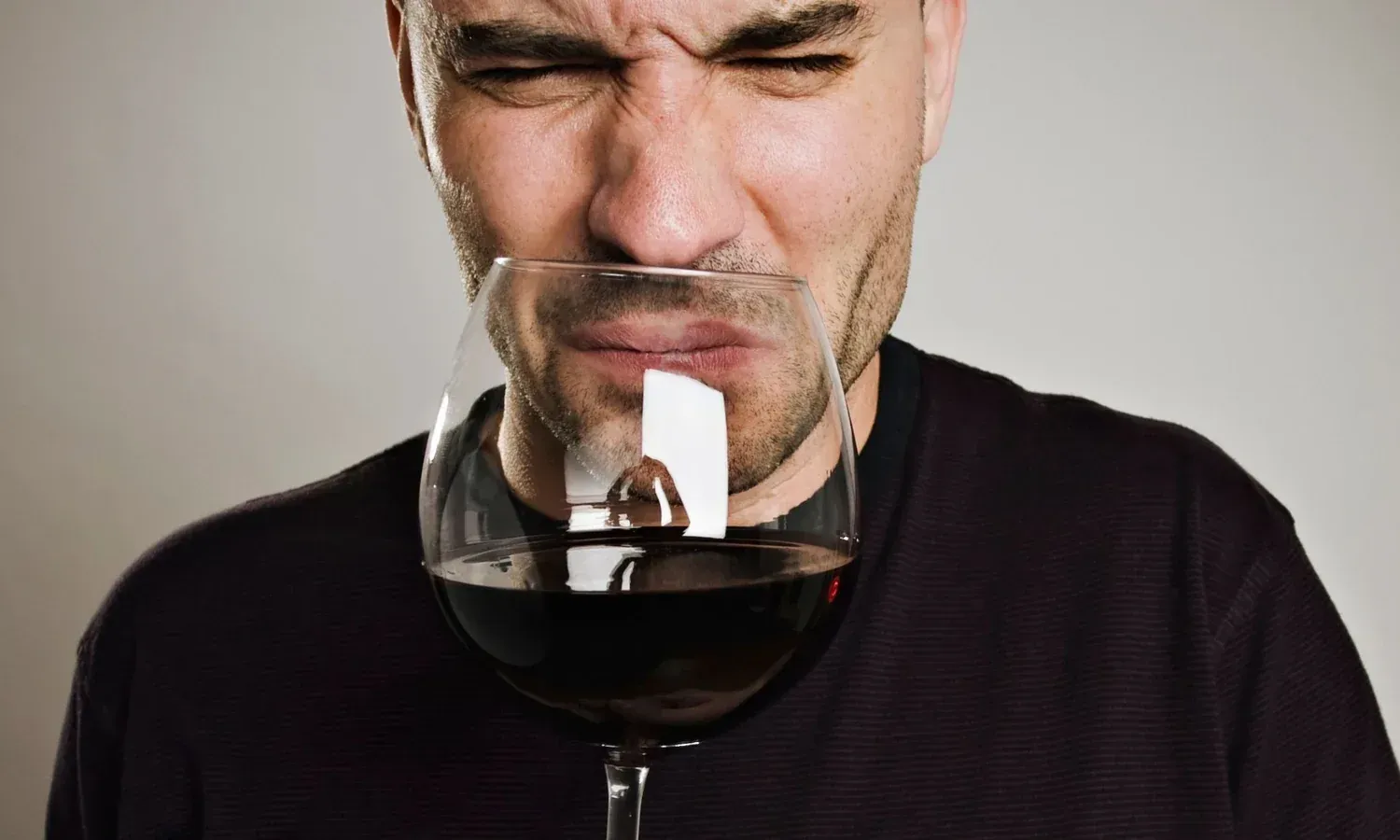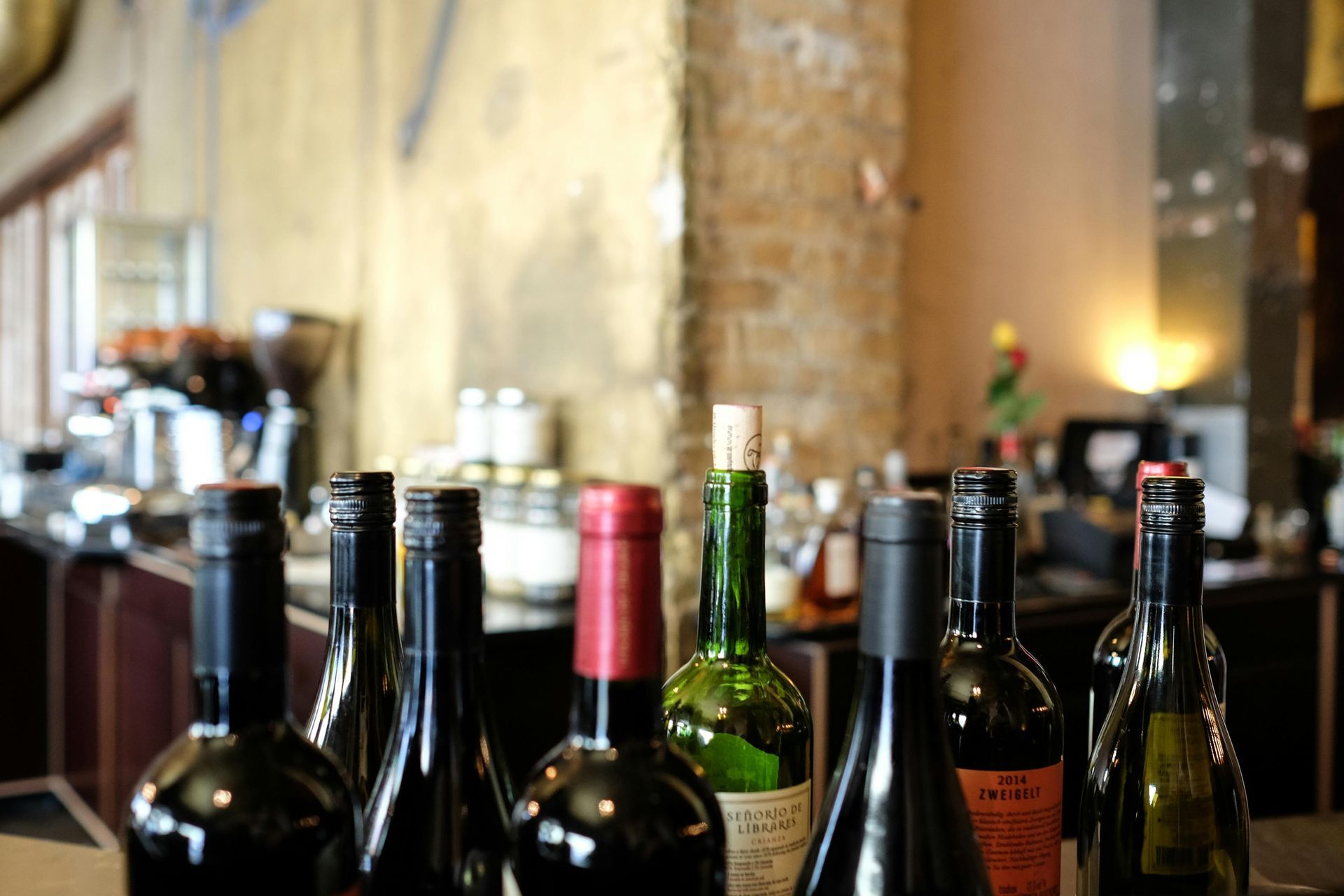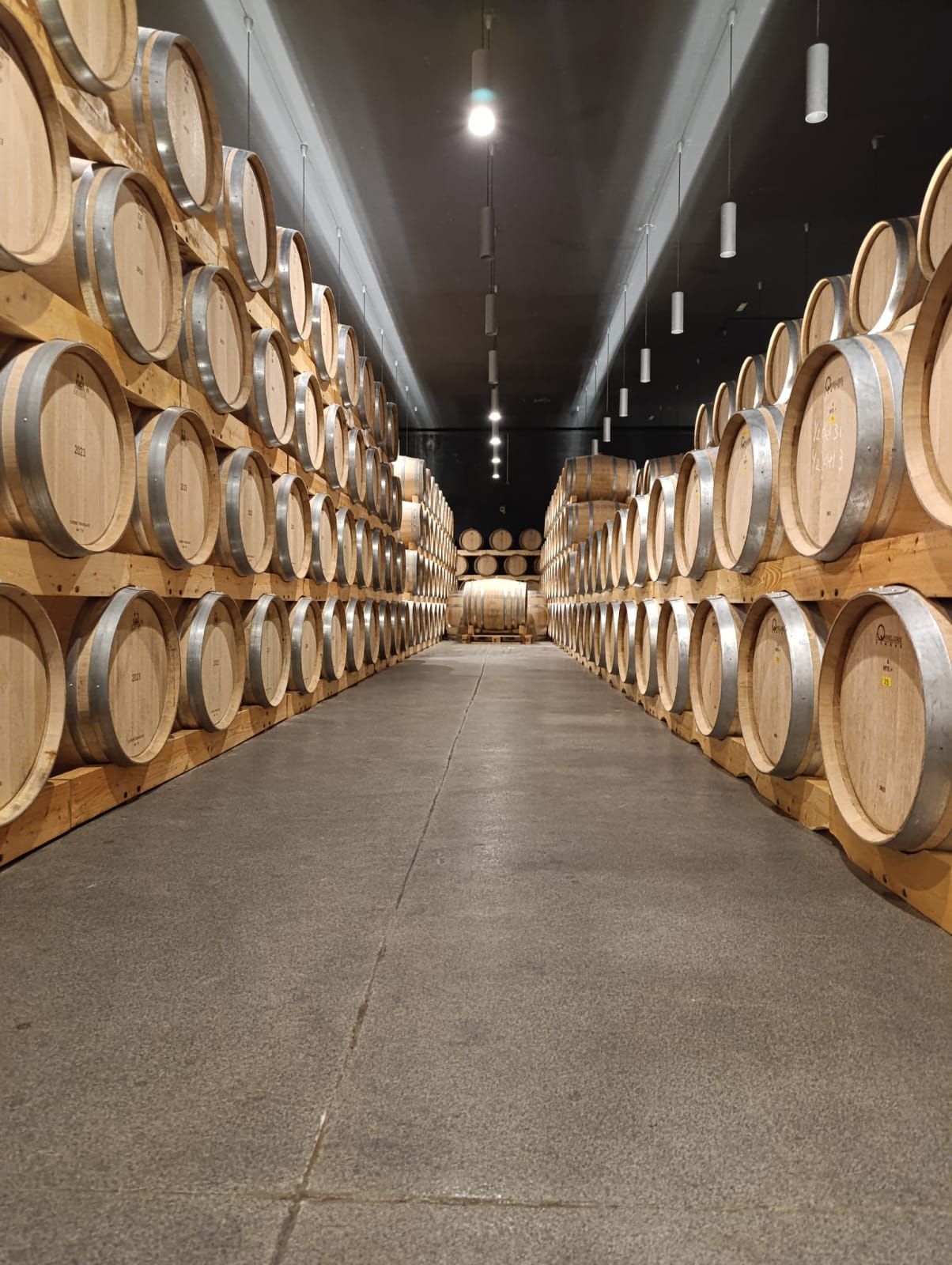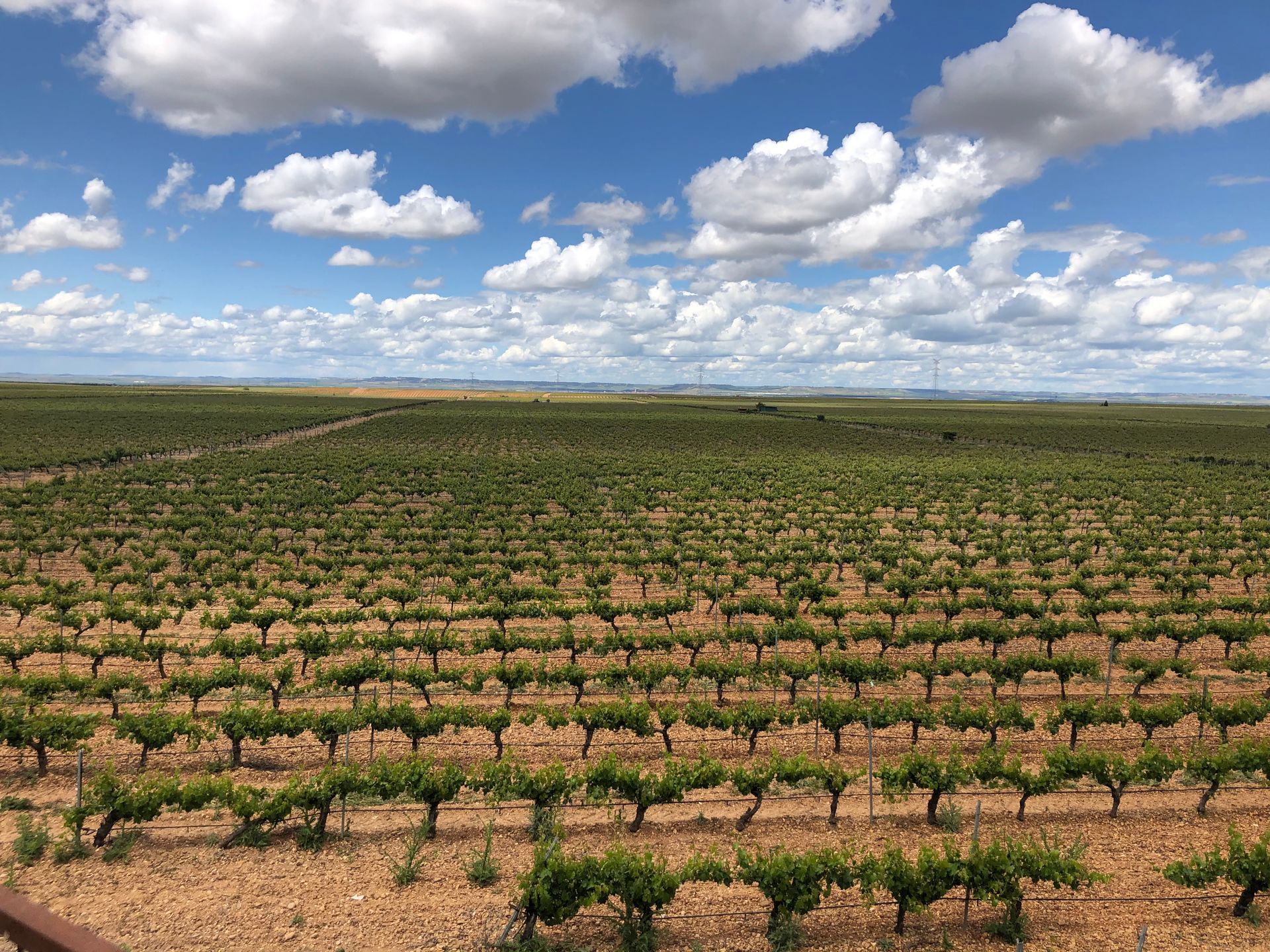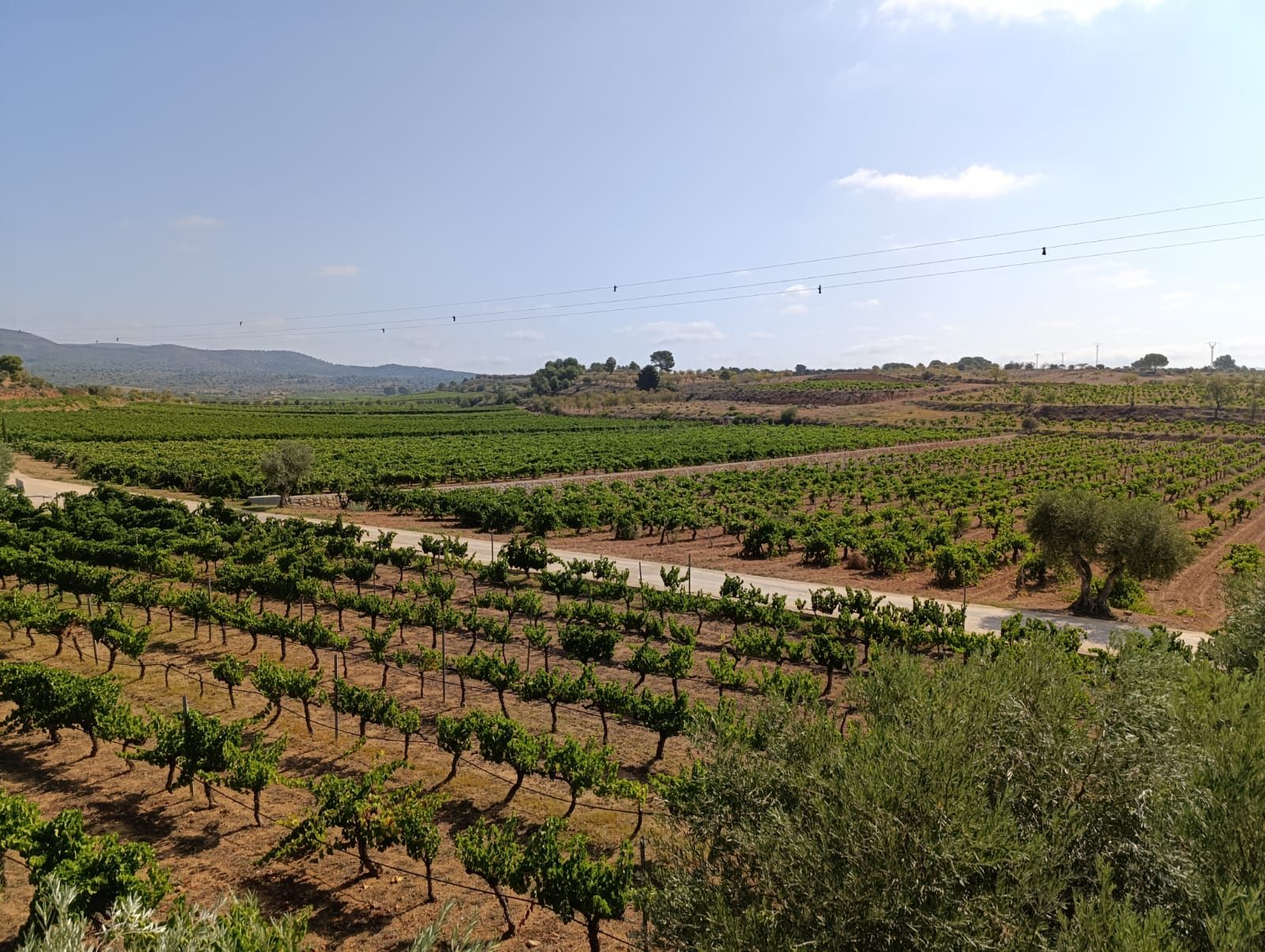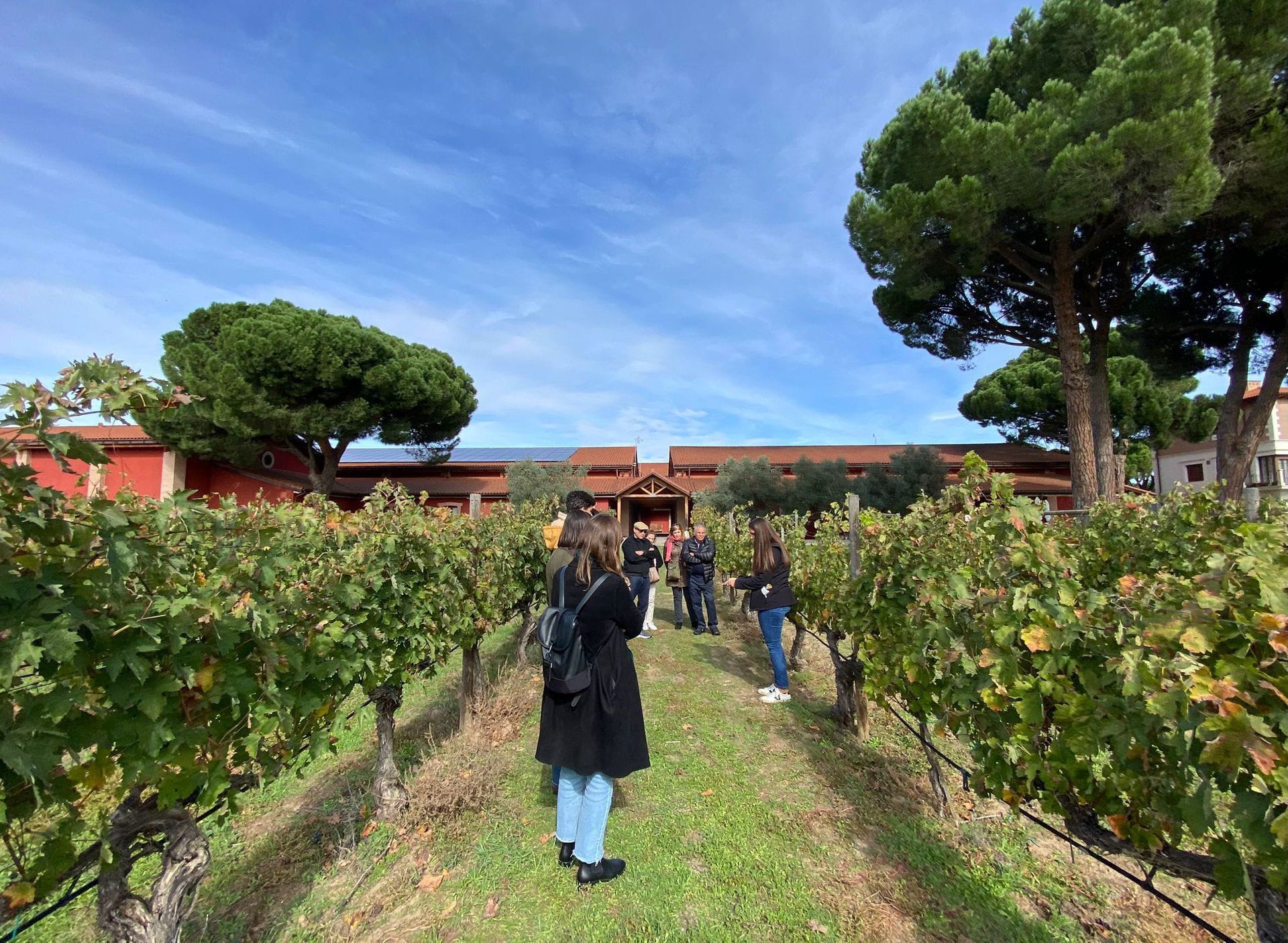Crianza, Reserva, Gran Reserva: How to read a Spanish Wine Label
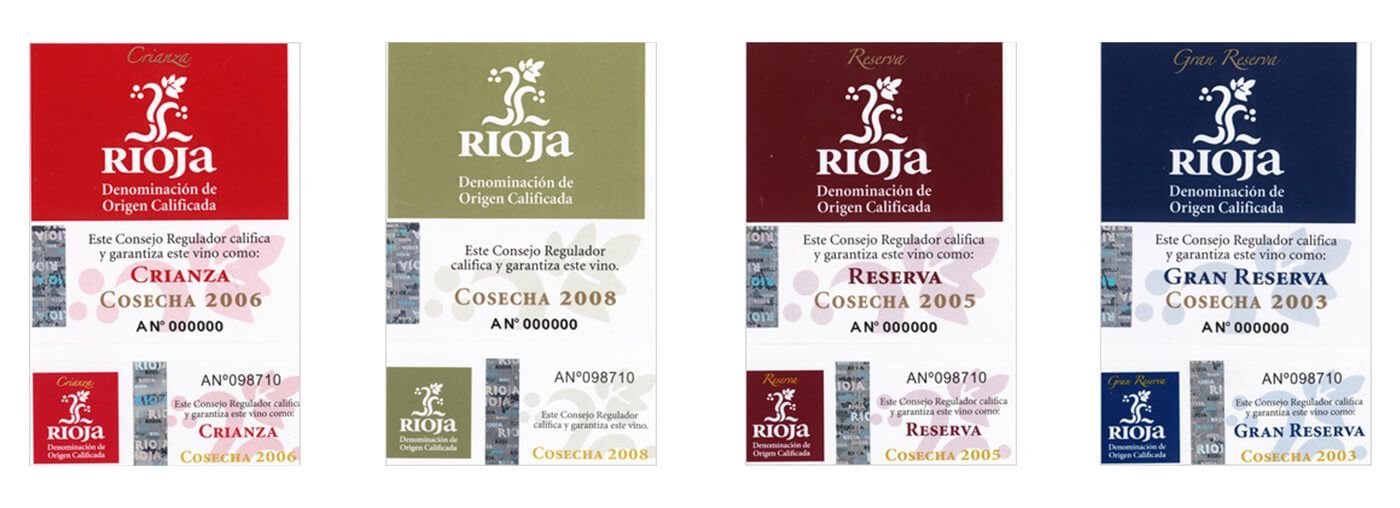
Note: Here we just discuss red wines, but if you’d like to have more info on the ageing requirements for white wines, send an email to michael@vine-travel.com
Spain’s wine labels may look simple at first glance, but dig a little deeper, and you’ll discover a maze of rules and styles, especially when it comes to Crianza, Reserva, and Gran Reserva. Let’s focus on the two titans of Spanish wine: Rioja and Ribera del Duero. We’ll break down how they handle ageing requirements, bottle maturation, oak barrels, and, of course, the styles of wine that make them unique.
Roble: A Hint of Oak
Before diving into the more mature categories, let’s talk about
Roble wines. The term “roble” translates to “oak” in Spanish, and these wines offer a glimpse of what oak ageing can do without the extended time commitments of Crianza and beyond. Typically, Roble wines spend 3 to 6 months in oak barrels, providing subtle hints of vanilla, spice, and toast while maintaining a focus on fresh fruit flavours. These wines are approachable, vibrant, and a great introduction to the regions’ winemaking styles. They’re perfect for those who enjoy fruit-forward wines with just a whisper of oak influence.
Crianza: The Gateway to Spanish Reds
Crianza wines are all about balance. They’ve spent enough time in the winery to show maturity but still retain youthful energy. Here’s how they differ in Rioja and Ribera del Duero:
- Rioja: A Crianza red must age for at least two years, with a mandatory 12 months minimum in oak barrels. The remaining time is spent in the bottle, allowing the wine to integrate before it hits the market. That said, producers can choose to extend the oak ageing. For example, a Rioja Crianza could spend 18 months in oak and only 6 months in the bottle before release, as long as the two-year minimum is met. This flexibility allows winemakers to tailor the wine’s profile to their style.
- Ribera del Duero: The same two-year ageing rule applies, with a minimum of 12 months in oak. However, there is no requirement for bottle ageing. For instance, a Ribera del Duero Crianza might spend 14 months in oak and just 10 months in bottle before release or even 18 months in oak and just a short time in bottle. The key is meeting the two-year minimum, with at least 12 months in oak.
This flexibility in both regions means Crianza wines can range from oak-driven to more balanced expressions, depending on the choices made by the producer.
Expect approachable reds with ripe red fruits, subtle spices, and a touch of vanilla in Rioja, and bold, fresh fruit flavours in Ribera del Duero.
Reserva: Elegance in a Glass
Reserva wines step up the game with longer ageing and greater complexity. The differences between Rioja and Ribera del Duero become even more pronounced here:
- Rioja: Reserva reds must age for a minimum of three years, including at least 12 months in oak and six months in the bottle. Producers have room to experiment within these parameters. For example, a Rioja Reserva could spend 16 months in oak and the remaining time in the bottle to meet the three-year requirement.
- Ribera del Duero: Like Rioja, Reserva wines must age for three years, with at least 12 months in oak. However, there’s no legal requirement for bottle ageing. This allows winemakers to adapt their methods. A Ribera del Duero Reserva might spend 18 months in oak and 18 months in bottle, or even 24 months in oak with little bottle ageing.
Rioja’s Reservas are known for their balance of fruit, oak, and tertiary notes like leather and dried herbs. Ribera del Duero’s Reservas, on the other hand, are bolder, with robust tannins and dark fruit flavours that reflect the region’s warmer climate.
Gran Reserva: The Pinnacle of Patience
Gran Reserva wines are rare treasures, crafted only in exceptional vintages. The strict ageing requirements ensure they are the most complex and refined expressions of their regions:
- Rioja: Gran Reserva reds age for a minimum of five years, with at least 24 months in oak and 24 months in the bottle. This extended bottle ageing allows the wine to develop nuanced flavours and a velvety texture.
- Ribera del Duero: Gran Reservas here also age for five years, with a minimum of 24 months in oak. However, the lack of a bottle-ageing requirement often results in wines that are powerful and fruit-driven, with less emphasis on tertiary characteristics.
Rioja’s Gran Reservas are elegant and complex, showcasing notes of dried fruit, tobacco, and spice. Ribera del Duero’s Gran Reservas are denser, with rich dark fruit and a bold structure that demands attention.
The Role of Oak: Size and Style Matter
Oak plays a starring role in shaping the character of these wines. Both regions use oak barrels, but their approach differs:
- Rioja: Traditionally, Rioja favours American oak, which imparts notes of vanilla, coconut, and sweet spices. Modern Rioja producers increasingly use French oak for a subtler, spicier profile. Barrel sizes have to be 225 litres to carry the Crianza, Reserva or gran Reserva label.
- Ribera del Duero: French oak is king here, lending structure and elegance to the wines. The barrels are often slightly larger, at a maximum capacity of 330 litres, allowing for gentler oak influence, which complements the region’s naturally bold fruit flavours.
Styles and Terroir: Worlds Apart
While ageing regulations and oak usage are crucial, the differences in climate and terroir play an equally significant role:
- Rioja: Cooler temperatures and diverse sub-regions result in wines with vibrant acidity and finesse. Expect a spectrum of styles, from light and delicate to robust and earthy.
- Ribera del Duero: A higher altitude and more extreme climate produce powerful wines with concentrated fruit and firm tannins. These are wines that make an impression, whether in their youth or after decades of ageing.
Final Thoughts
When it comes to Crianza, Reserva, and Gran Reserva, Rioja and Ribera del Duero each bring their own rules, traditions, and styles to the table. Rioja’s meticulous bottle-ageing requirements create wines of elegance and subtlety, while Ribera del Duero’s focus on bold fruit and oak influence results in wines of intensity and power.
So next time you’re browsing the wine aisle, consider what you’re in the mood for: the refined charm of Rioja or the unapologetic boldness of Ribera del Duero. Either way, you’re in for something extraordinary. Cheers!
